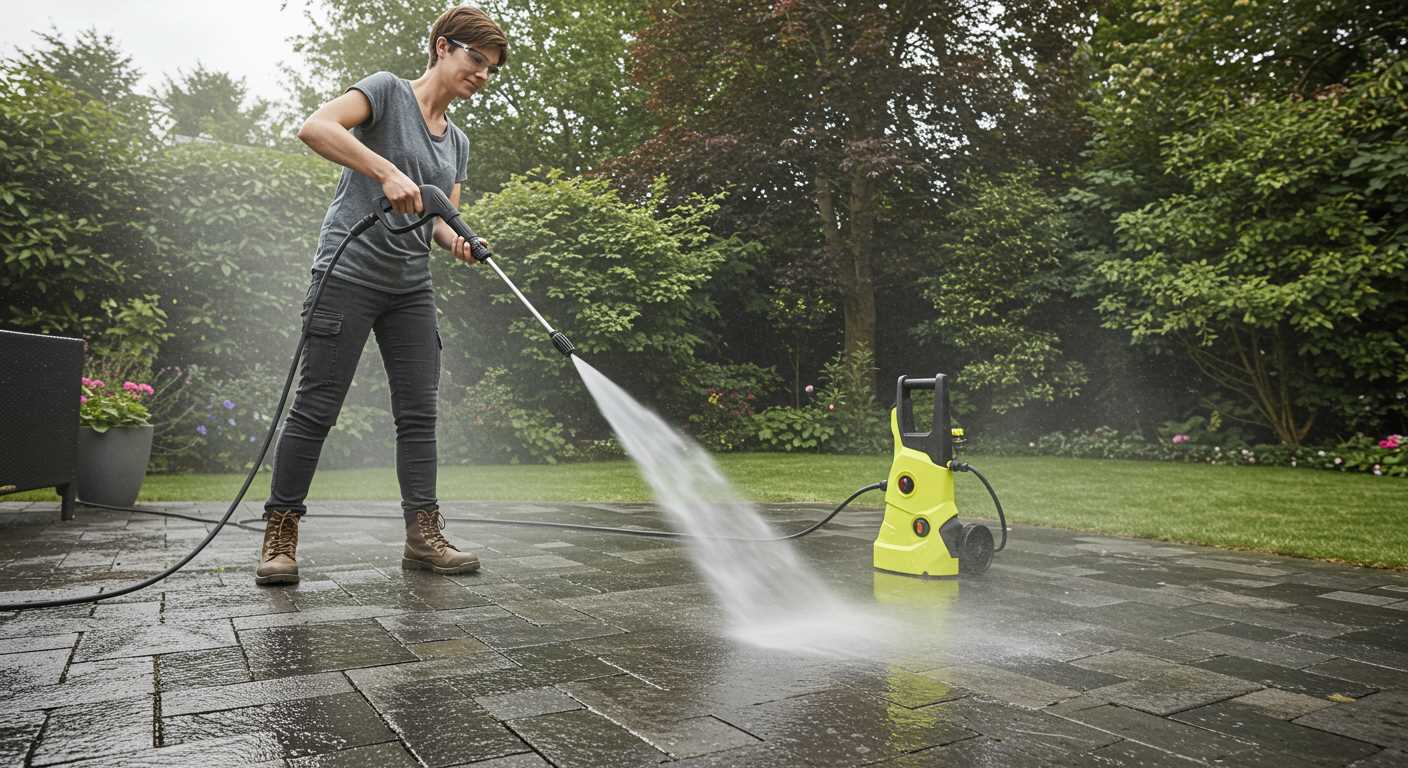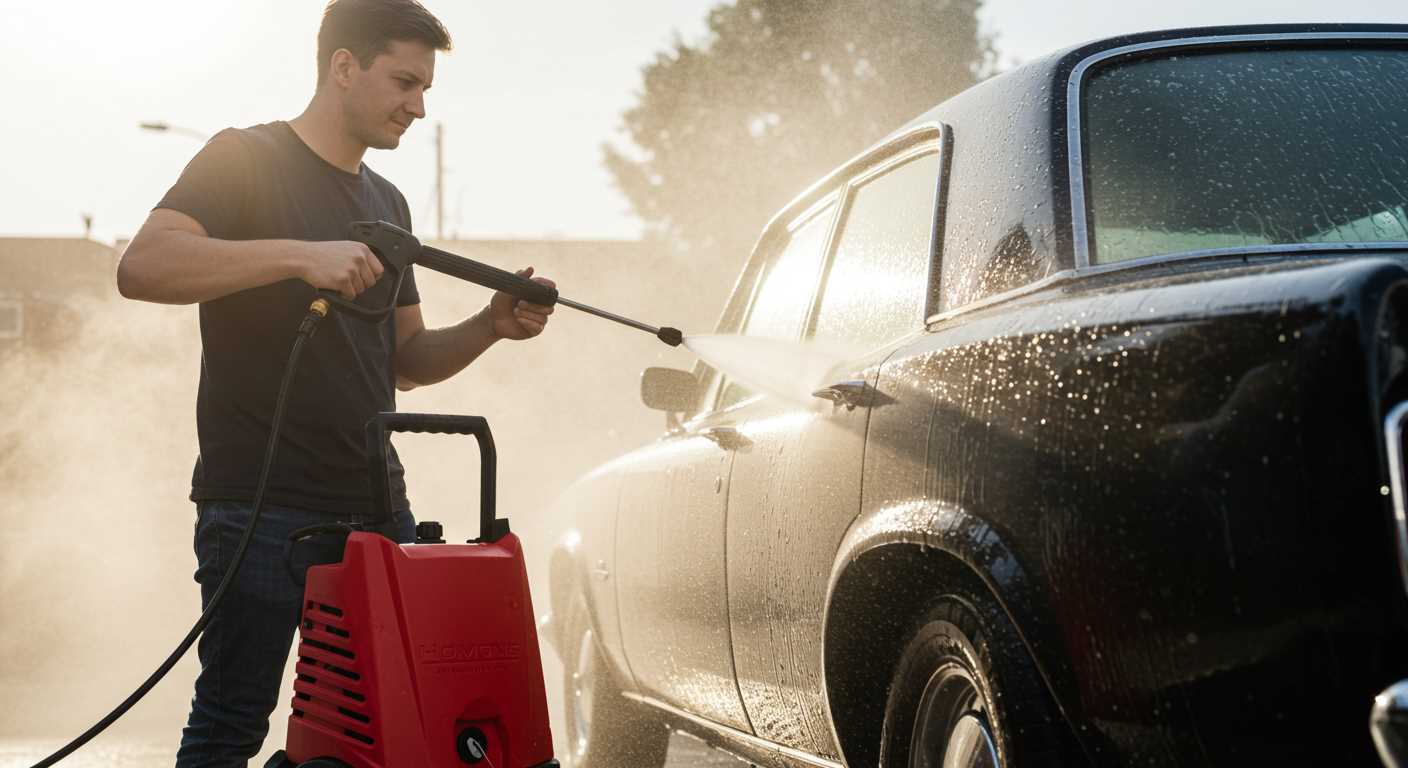

For a seamless transition to a different nozzle or accessory, positioning the device on a stable surface is key. Ensure it is powered down and disconnected from the mains supply to prevent any mishaps. Grasp the component firmly while activating the release mechanism, often found on the side or rear of the unit, designed specifically for quick changes.
Applying a gentle twist alongside the pull action usually facilitates the disengagement process. If the fitting appears resistant, check for any securing tabs or mechanisms that might need adjusting. A little patience and a careful approach will ensure you won’t damage either the assembly or the fitting.
After detaching, inspect the connecting points for any debris or wear that could influence performance. Keeping everything clean extends the lifespan of both the device and its attachments. Store the removed accessory in a safe, dry location to maintain its integrity for future use.
Instructions to Detach Nozzle from Cleaning Device
Grip the handle firmly while pressing the release button located on the side of the spray gun. This action allows the nozzle to be disengaged smoothly.
For Vario Power Spray Lance
Twist the lance counterclockwise to loosen it, then pull it away from the main unit. Ensure that any locking mechanism is fully released before attempting to separate the components.
For Other Accessories

Identify the quick-connect fitting at the base of the accessory. Squeeze the sides gently to unlock the component, and pull it straight out. Check for any debris that might be preventing a clean disconnection.
Identify the Type of Accessory
To start, examine the specific kind of component attached to the device. Recognising the accessory type is key in determining the proper disconnection method.
- Standard Nozzle: Typically used for general cleaning tasks. These often pop off with a simple push or twist motion.
- Rotary Nozzle: Designed for tough stains, this usually requires a pull or twist. Ensure grip is firm to avoid slippage during removal.
- Foam Lance: Ideal for applying detergents, often involves either a locking mechanism or a quick-release system. Inspect for any buttons or levers that may need activation.
- Surface Cleaner: Wider cleaning tool that often connects via a twist and lock. Position yourself to provide adequate force while twisting.
Understand the key characteristics of each accessory design, as they significantly alter the removal technique.
Before acting, ensure the equipment is unplugged and depressurised for safety. Each type may also have a specific release button or latch; examine closely to avoid unnecessary force.
Turn Off the Pressure Washer

Ensure the equipment is turned off by pressing the power button or unplugging it from the electrical outlet. Check to confirm that the unit is no longer operating; visual indicators may include extinguished lights or lack of any sound from the motor.
Release Pressure
After powering down, it’s crucial to depressurise the system. Squeeze the trigger on the spray gun until any remaining water and air have been expelled. This step is vital to prevent accidents during the detachment process, as residual pressure can pose safety risks.
Disconnect the Water Supply
Locate the water inlet hose and carefully disconnect it from the source. Ensure that the water flow is halted before proceeding to disassemble components. Draining any excess fluid from the hoses may be necessary to prevent spills or messes.
Release Pressure Safely
To safely vent any remaining pressure, first direct the spray gun away from any objects or individuals. Press the trigger to release any pressurized water that might be trapped within the system. Hold it for several seconds until a steady stream emerges, indicating that the pressure has diminished.
Next, ensure the safety latch on the trigger is engaged. This prevents any accidental discharge while you’re handling other components. After ensuring that the system is depressurised, assess the safety of the surrounding area before proceeding with any further steps.
In cases where the unit features a quick-connect mechanism, check the manufacturer’s guidelines to familiarise yourself with specific pressure release methods. Always avoid attempting to detach attachments while pressure remains, as this can lead to equipment damage or personal injury.
Here’s a summary of the pressure release process for quick reference:
| Step | Action |
|---|---|
| 1 | Direct the spray gun away from people and items. |
| 2 | Press the trigger until water flows steadily. |
| 3 | Engage the safety latch on the trigger. |
| 4 | Consult the manufacturer’s guidelines if needed. |
Following these precautions guarantees a safe and smooth experience while handling your equipment.
Locate the Attachment Release Mechanism

Start by inspecting the unit for the release system, which differs between various models. Most typically, you’ll find it near the nozzle connection. Look for a button, tab, or lever that serves this purpose.
Identifying the Mechanism
In some models, the release feature may be a simple push button, while others could utilise a pull tab or locking mechanism. Pay careful attention to whether it swings, clicks, or requires a firm press. Understanding its operation is crucial before attempting to disengage any component.
Testing the Mechanism

Once identified, gently engage the release mechanism to ensure it functions smoothly. If resistance is felt, avoid forcing it as this may lead to damage. Instead, check for any visible debris or obstructions that could be preventing proper operation.
Detach the Attachment
To successfully disconnect the nozzle or accessory, hold the main body securely while pressing the release mechanism. Normally, this is a button or lever positioned near the connection point. Press down firmly until you hear a click, indicating that the part is disengaged.
For models equipped with a quick-release system, simply twisting or pulling the component while pushing the release may suffice. Ensure a firm grip; unexpected tension can make disconnection difficult.
Check for Any Locking Features
Occasionally, there may be additional locks that need to be disengaged before separation. Inspect the area closely for a switch or latch that could prevent easy removal. If any resistance is felt while trying to detach, double-check that all securing mechanisms are properly released. This attention to detail can save time and potential damage.
Inspect After Disconnection
Once the piece is removed, examine the connectors for any debris or wear. Cleaning these areas can improve performance for future use. Make sure to store the parts in a safe place to avoid misplacement until needed again.
Store Attachments Properly
Maintaining the longevity of your cleaning tools starts with appropriate storage techniques. After detaching components, follow these steps to ensure they remain in excellent condition:
- Choose a Dry Location: Ensure the storage area is free from excessive moisture. Damp environments can cause rust and degradation.
- Avoid Direct Sunlight: Prolonged exposure to sunlight can weaken materials. Use shaded areas or opaque storage options.
- Organise by Type: Group similar items together. This practice helps in quicker access and prevents unnecessary wear.
- Use Storage Bins: Invest in bins or racks for small pieces. This keeps them organised and protected from accidental damage.
- Secure Larger Equipment: For larger attachments, make sure they are placed safely and cannot fall or be knocked over.
- Inspect Regularly: Periodically check stored items for wear and tear. Address any issues promptly to avoid future complications.
Employing these methods not only prolongs the lifespan of your equipment but also enhances your overall cleaning experience. A well-organised storage system saves time and ensures everything is in its right place when needed.







